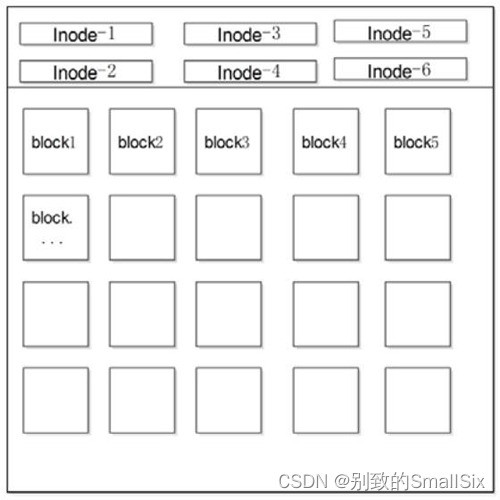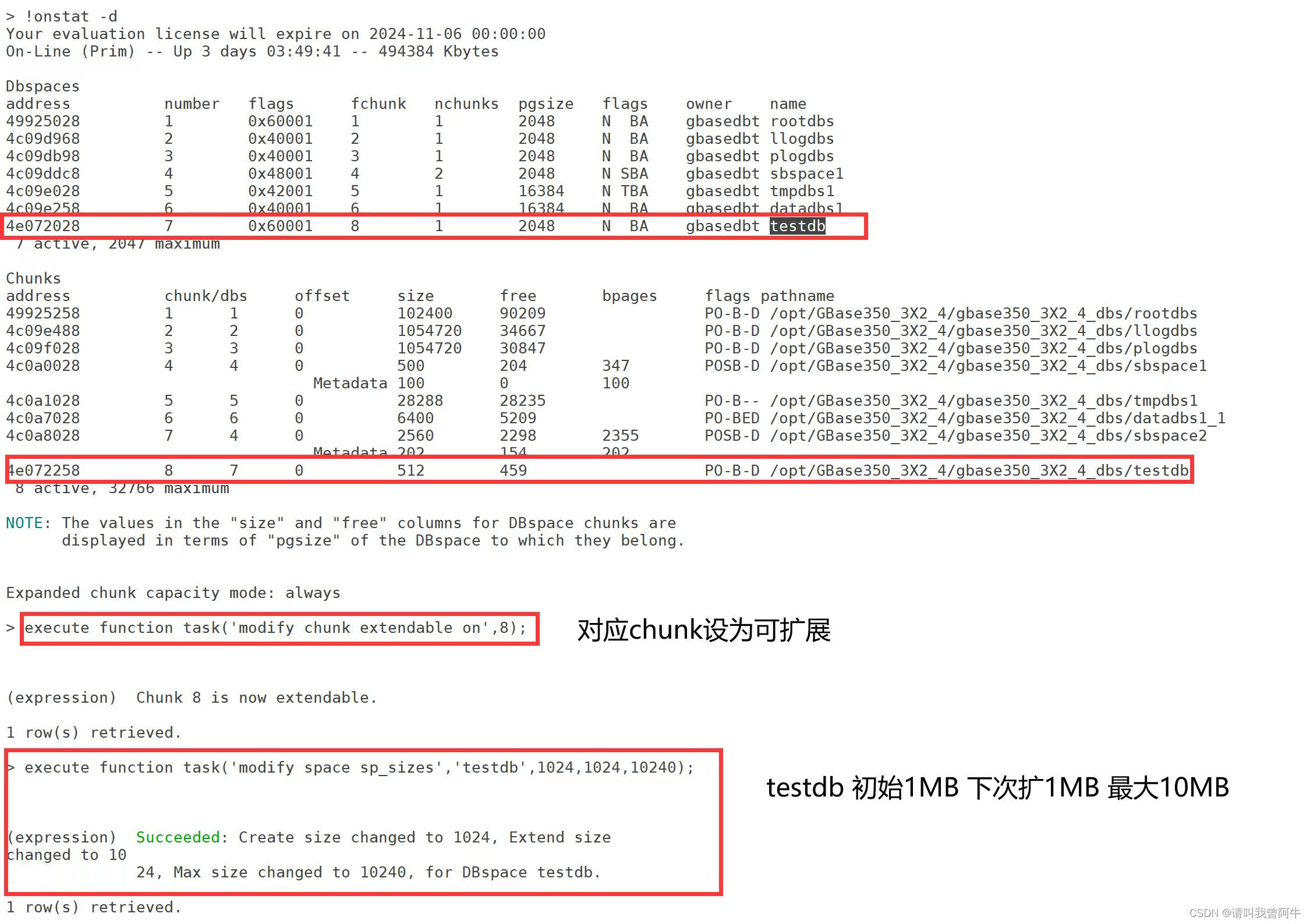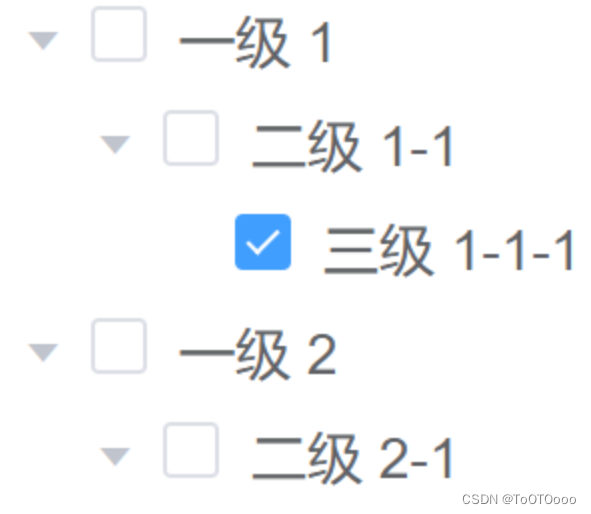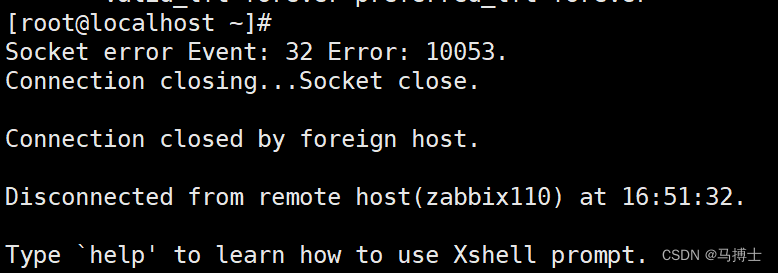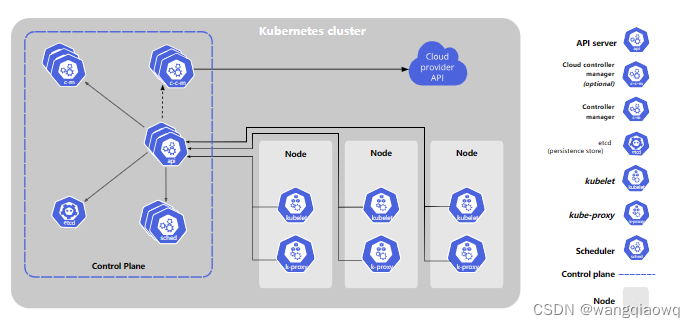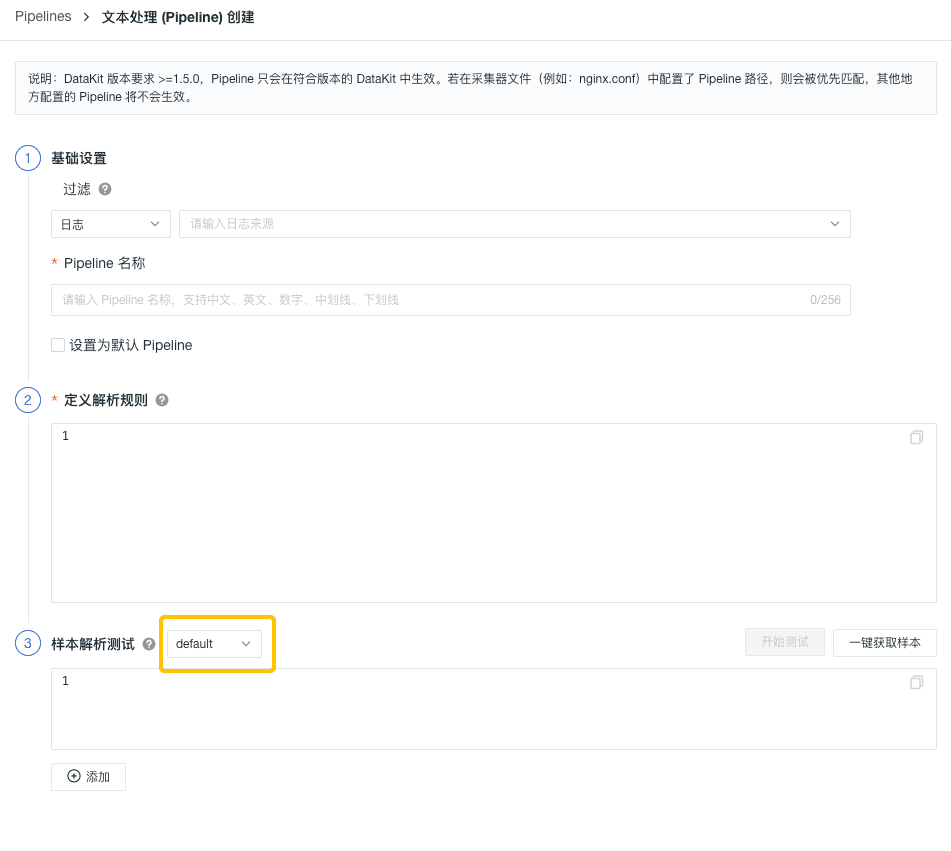文章目录
- Panel布局
- 尺寸调节
- 源码
Panel布局
eGUI提供面板堆叠的布局方案,即Panel布局。其布局逻辑是,根据当前面板指定的方向,尽可能地填充空间。
- CentralPanel 占据屏幕剩余部分的空间
- SidePanel 占据屏幕两侧的空间,在具体调用时,可指定left或者right
- TopBottomPanel 占据屏幕顶部或底部的空间,具体调用时,可指定top或者bottom
示例如下

其压入顺序以及调用的布局函数如下表
| 顺序 | 标题 | 函数 |
|---|---|---|
| 1 | Top Panel | TopBottomPanel::top |
| 2 | Left Panel | SidePanel::left |
| 3 | Right Panel | SidePanel::right |
| 4 | Bottom Panel | TopBottomPanel::bottom |
| 5 | Central Panel | CentralPanel |
尺寸调节
由上图可见,Panel之间的界限是允许用鼠标拖动的,这是因为在创建Panel之后,将其设为尺寸可调节。SidePanel和TopBottomPanel均支持resizable方法,但二者的调节方向不同,前者是水平可调,后者是竖直可调。相应地,前者可以设置水平方向的调节尺寸,例如min_width, max_width以及width_range等,而后者则可设置min_height, max_height以及height_range等。
源码
用于布局的核心代码如下
impl eframe::App for MyApp {
fn update(&mut self, ctx: &egui::Context, _frame: &mut eframe::Frame) {
egui::CentralPanel::default().show(ctx, |ui| {
egui::TopBottomPanel::top("top_panel")
.resizable(true)
.min_height(32.0)
.show_inside(ui, |ui| {ui.heading("Top Panel");});
egui::SidePanel::left("left_panel")
.resizable(true)
.default_width(150.0)
.width_range(80.0..=200.0)
.show_inside(ui, |ui| {
ui.vertical_centered(|ui| {ui.heading("Left Panel");});
});
egui::SidePanel::right("right_panel")
.resizable(true)
.show_inside(ui, |ui| {
ui.vertical_centered(|ui| {ui.heading("Right Panel");});
});
egui::TopBottomPanel::bottom("bottom_panel")
.show_inside(ui, |ui| {
ui.vertical_centered(|ui| {ui.heading("Bottom Panel");});
});
egui::CentralPanel::default()
.show_inside(ui, |ui| {
ui.vertical_centered(|ui| {ui.heading("Central Panel");});
});
});
}
}
下面是程序运行的其他代码。
#![cfg_attr(not(debug_assertions), windows_subsystem = "windows")]
use std::fmt::format;
use eframe::egui;
struct MyApp {
}
impl Default for MyApp {
fn default() -> Self {
Self { }
}
}
fn main() -> Result<(), eframe::Error> {
let options = eframe::NativeOptions {
initial_window_size: Some(egui::vec2(640.0, 320.0)),
..Default::default()
};
eframe::run_native(
"layout",
options,
Box::new(|_cc| Box::<MyApp>::default()),
)
}



